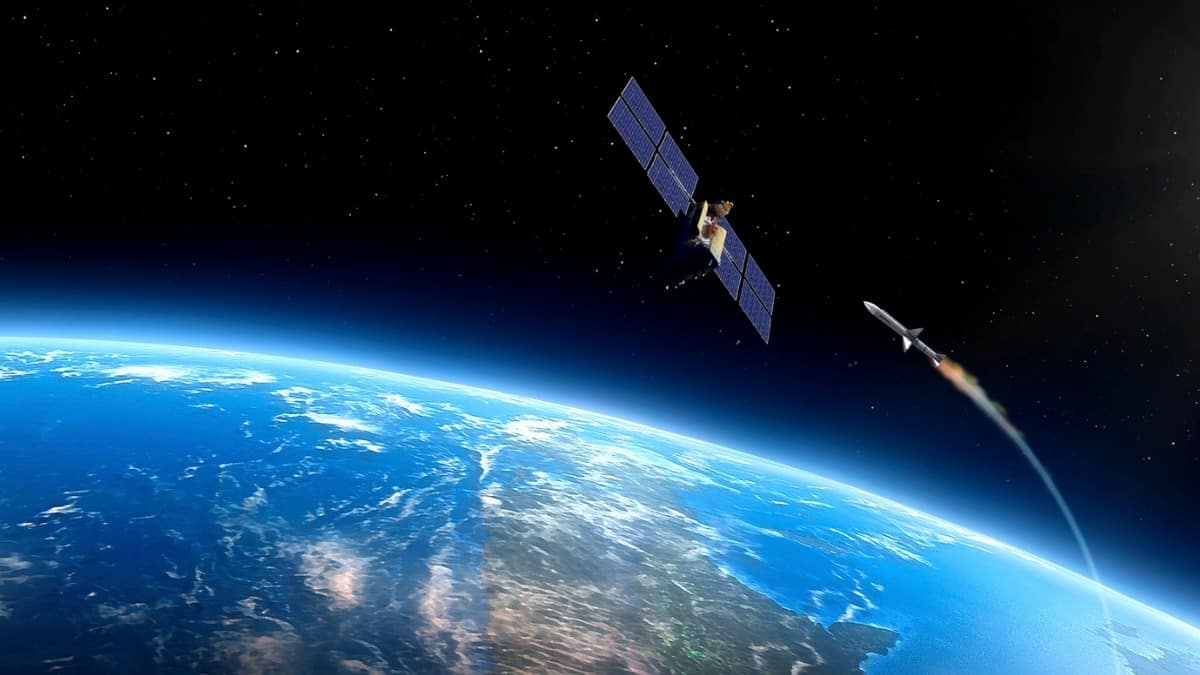How facing space dust is an inevitable condition of space travel

On 8th June, NASA showed the James Webb Space Telescope – a new powerful space observatory is frolicking a small dimple in one of its primary mirrors after getting pummeled by the largest micrometeoroid in space.
However, the news came up as a shock since it resulted within five months of tenure of the telescope.
But such news is certainly an unavoidable angle of space travel. More such attacks are certainly on their way.
What is the James Webb Space Telescope?
The James Webb Space Telescope (JWST) is a telescope manufactured by Northrop Grumman, Ball Aerospace, L3Harris under mission astronomy.
Besides, the telescope was named after James E. Webb, who was the administrator of NASA from 1961 to 1968 during the Mercury, Gemini, and Apollo programs.
Additionally, the JWST was developed in collaboration with ESA and the Canadian Space Agency (CSA) under NASA.
NASA Goddard Space Flight Center (GSFC) in Maryland managed telescope development.
The JWST’s primary mirrors consisted of 18 hexagonal mirror segments made of gold-plated beryllium.
Additionally, the telescope is supposed to keep in extreme cold areas below 50 K (−223 °C; −370 °F) to check low signals in the infrared without any interference or warmth.
When was JWST developed?
The development began in 1996 for a launch certainly planned for 2007 along with a US$500 million budget.
The JWST telescope is primarily developed for near infrared astronomy and can also see red and orange visible lights along with the mid infrared region.
Micrometeoroids –
Space is filled with numerous solar systems along with many micro particles of sand between planets which travel with enormous speed.
And the small particles of sand are referred to as asteroids or comets.
Recently, the JWST telescope got a small crack in one of its primary mirrors after clashing with a largest micrometeoroid in the space.
Additionally, JWST hardly lives any far from earth alongside scientists who also have an idea of what’s out there based on other missions sent to a similar orbit as JWST.
David Malaspina says, ‘Spacecraft get hit by little ones all the time.
‘By little, I mean fractions of a micron — much, much, much smaller than a human hair. And for the most part, spacecraft don’t even notice those,’ Malaspina added.
David Malaspina is an astrophysicist at the University of Colorado focusing on cosmic dust impacts on spacecraft, say, The Verge.
However, NASA did model the micrometeoroid environment before JWST launched.
But the current micrometeoroid will try to predict how debris spreads through an orbit if an asteroid or comet breaks apart.
Moreover Malaspina makes it hard to predict while saying that such debris are much more dynamic.
But at the end of the day, prediction will only let you know more angles of a particular thing.
JWST will continue to get blasted over time, but it was an eventuality that NASA was always prepared for, The Verge mentions.
‘You just have to live with the probability that you will be hit eventually by some sized dust particle, and you just do the best you can with the engineering,’ says Malaspina.


